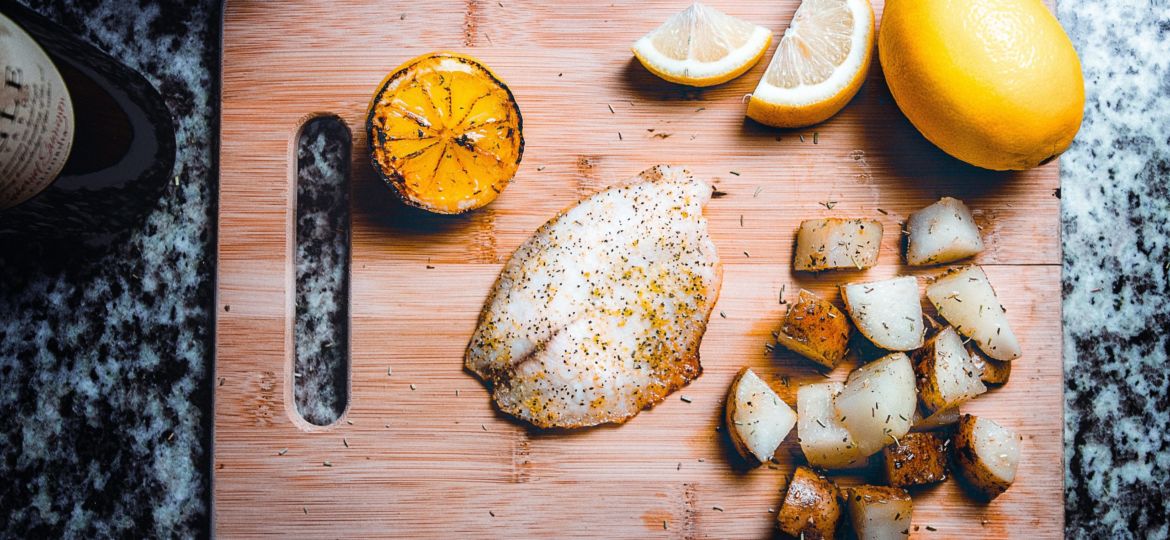
Fish During Pregnancy: What to Eat and What to Not
When pregnant, you must take notice of what your dietary habits are; whether they’re hindrances or boosts in this exciting stage of your life. One of the most harmful commonly ingested toxins is found is fish, known as mercury. The trivial idea of eating a tuna melt for lunch can prove to be harmful for the fetus. A mother-infant study based in Spain shows that birth size, or the length of the baby when born has a direct relation to the mother’s intake of fish. The study shares, “newborns in the higher quartile of total mercury weighed 143.7 g less…” (Ramón et Al, 2009). In order to ensure a healthy growth of the fetus, one must monitor their fish intake. Mercury can affect your child in the following years of their childhood, where a Massachusetts study shares that mercury exposure during pregnancy creates a long-term result of attention-deficit/hyperactivity disorder, or ADHD (Sagiv et al., 2012).
These findings do not necessarily mean to outright cut out fish. There are many alternatives you can take where you can enjoy some fish in your meal and promise your incoming child a safe and healthy body. The FDA provides an essential guide in eating the right types of fish and amount per serving. There are approximately 40 types of choices you can make that are safe enough to even double the servings of, including Crab, Haddock, Salmon, Shrimp, Squid and more. Certain choices are moderately safe including Halibut or Carp. However, fish with the highest mercury levels include Tuna, Swordfish and Shark. In general, fish intake presents many benefits for the fetus, as it bolsters the baby’s cognitive development (FDA).
If you’re not much of a fish fan, still consider incorporating a serving of fish, or 4 ounces into your week. Try researching recipes that match your food preferences. On her “Creating Something Healthy” personal blog, Ann Danahy, a registered dietitian, shares a tasty and quick meal. Her “Salmon Oreganata” recipe requires simple ingredients like breadcrumbs, lemon, salt, pepper and of course salmon. Using your oven, within a half hour, you’ll have a delicious meal that’ll delight your taste buds and help your little one’s growth.
Also, consider our helpful guidelines tool below when making the decision to eat fish.
Mercury Guidelines
| LOW MERCURY
Choose these |
MODERATE MERCURY
Eat in moderation |
HIGH MERCURY
Avoid these |
| Fresh Salmon | Canned Tuna | King Mackerel |
| Shrimp | White (albacore) tuna | Shark |
| Pacific Sole | Lobster | Ahi Tuna |
| Tilapia | Halibut | Swordfish |
| Anchovies | Striped Bass | Marlin |
| Pollock | Mahi Mahi | Tilefish |
References:
“Advice About Eating Fish.” FDA, www.fda.gov/media/102331/download.
Ann , Danahy. “Salmon Oreganata from The Natural Pregnancy Cookbook.” Craving Something Healthy , cravingsomethinghealthy.com/salmon-oreganata-from-the-natural-pregnancy-cookbook/.
Ramón, Rosa et Al, Fish consumption during pregnancy, prenatal mercury exposure, and anthropometric measures at birth in a prospective mother-infant cohort study in Spain, The American Journal of Clinical Nutrition, Volume 90, Issue 4, October 2009, Pages 1047–1055, https://doi.org/10.3945/ajcn.2009.27944
Sagiv SK et Al, Prenatal Exposure to Mercury and Fish Consumption During Pregnancy and Attention-Deficit/Hyperactivity Disorder–Related Behavior in Children. Arch Pediatr Adolesc Med. 2012;166(12):1123–1131. doi:10.1001/archpediatrics.2012.1286


